SC Rewind: The Story Of Barns (2/2)
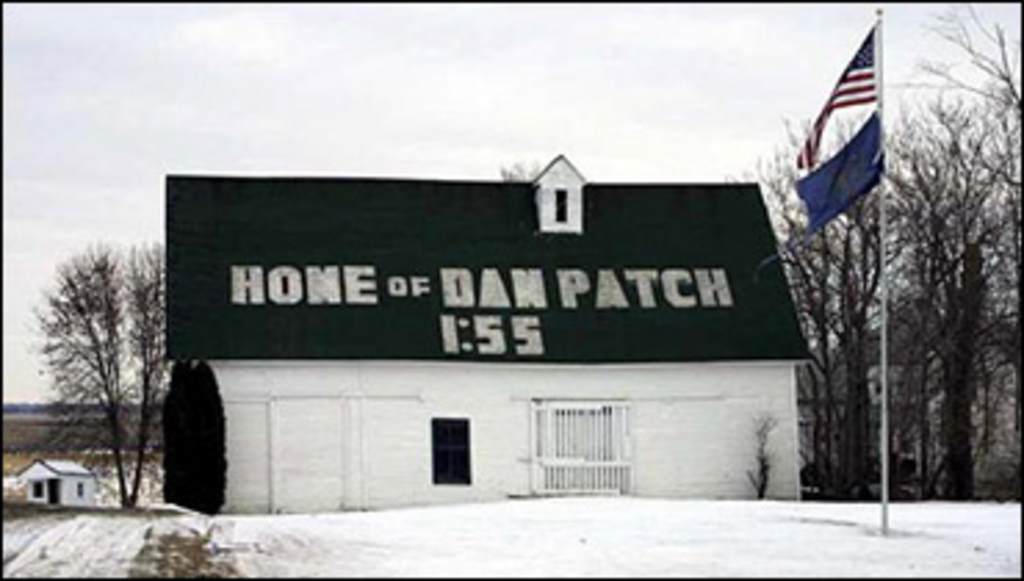
 In this week's Rewind Robert Smith offers a further discussion about barns and their long and colourful history.
In this week's Rewind Robert Smith offers a further discussion about barns and their long and colourful history.
This edition which concludes a two part story is mainly pictorial, displaying a variety of old barn shapes, styles and commentary about these beautiful vintage structures.
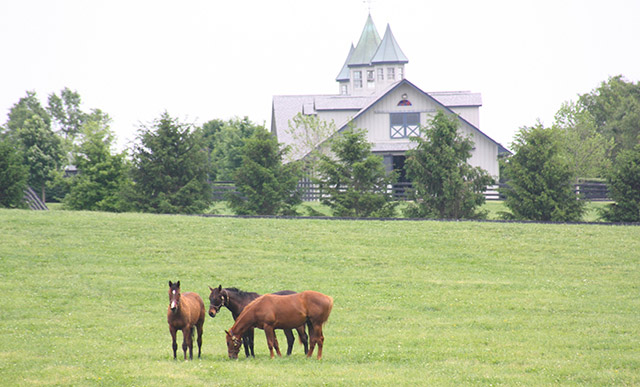
Down through the years while passing through any countryside, I have always marvelled at the sight of a stately old barn. As the main structures of farms, barns evoke a sense of tradition and security and of closeness to the land and community with the people who built them. I can't help but wonder many things about each one. When was it built? who built it? and what all has happened there in its long history? In other words what is its story?
I have spent quite a bit of time looking for interesting barn pictures and hope that at least some of what I have discovered is of interest.
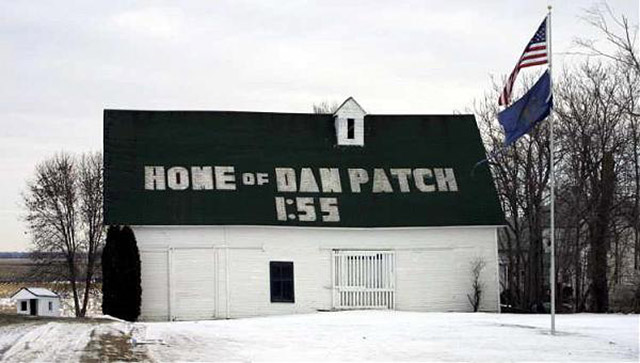
Home of the immortal Dan Patch the sport's most famous horse in the early years. The small stable where Dan Patch was foaled in 1897 continues to be a tourist attraction for those passing through Oxford, Indiana.
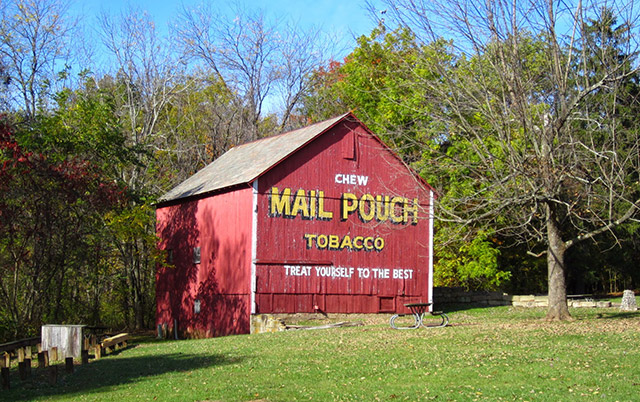
Barns bearing advertising for Mail Pouch chewing tobacco were extremely popular at one time. About 30 years ago while driving through Pennsylvania I stopped and took a picture of one.
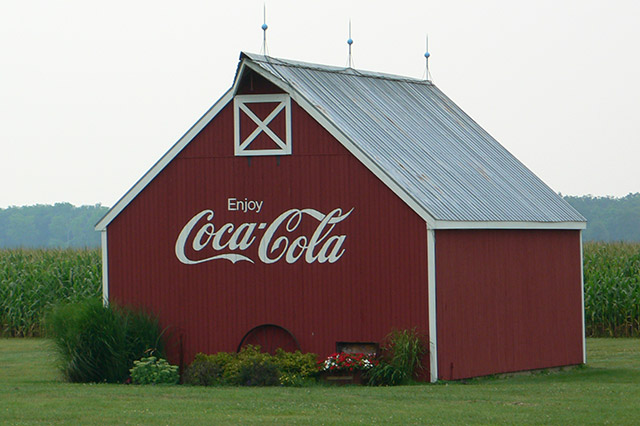
Barns across America are often embellished with advertising of some sort. These barns have been standing for several decades and the advertisements are usually old and outdated. Often the companies the advertisements represent, no longer exist. For some reason or another, the advertised slogans remain as a part of the landscape. Barns bearing advertising signs were popular in a number of U.S. States for many years until a law was passed in 1965 forbidding the practice. A few Companies such as Mail Pouch Tobacco were exempted and continued until 1992. The farm owner received a small stipend for allowing a Company to advertise their product and perhaps more importantly received a free paint job every few years. One celebrated sign painter named Harley Warwick from Ohio was said to have painted some 20,000 barns in his lengthy career.
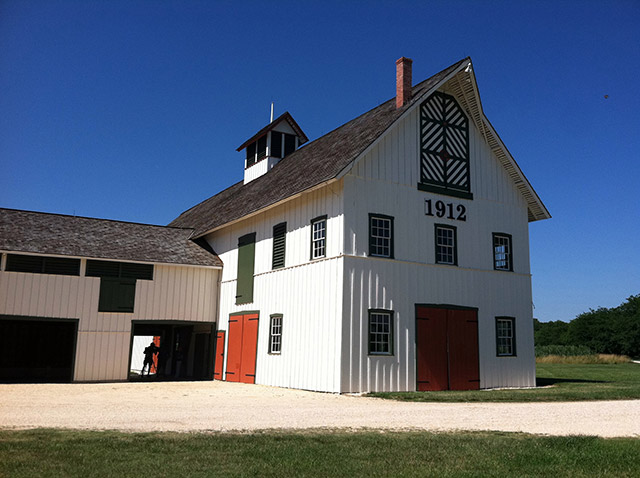
In many areas of the country people have taken the time to preserve and restore old barns. It is a costly venture but a rewarding task for those who pursue it. The above barn is located in Maryland and an individual named Elizabeth P. Beckley who is involved with Preservation Maryland issued the following statement which applies across the land regardless of location. "When you see an old barn, be sure to stop, have a look or even take a picture because the next time you ride by it may be truly a thing of the past. You might even shout out a great big thank you to those who are working hard to keep these buildings standing."
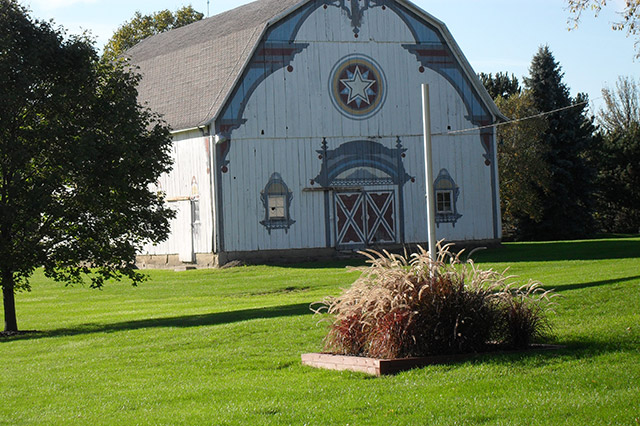
Barns with fairly elaborate decoration were once popular in certain areas of the country. This barn stands to this day in the famous resort town of Frankenmuth Michigan, a place best known for its delicious chicken dinners. I took this photo a number of years ago during a visit.
Many forms of decorating have appeared over the years with some referred to as 'hex' signs. Other popular symbols are stars, compass roses, stylized birds and hearts. There is a belief that the inspiration for many of the regional signs are rooted in superstition, others are aimed at the tourist market. (Authors Collection)
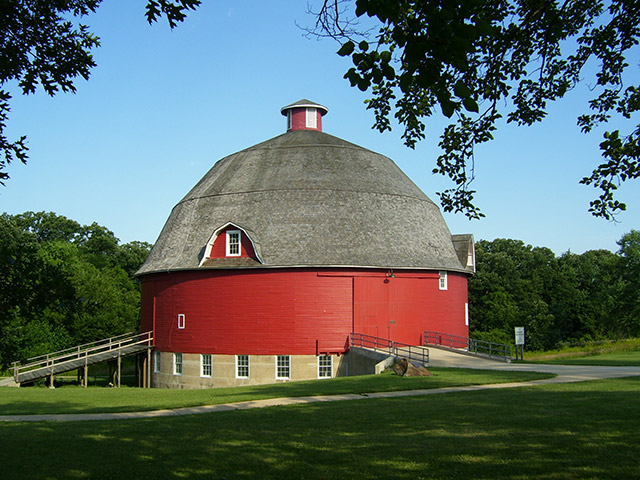
Round barns were advocated in the 1800's for a variety of reasons but were never built in great numbers. They are extremely interesting in design and it is believed that more round barns existed in Indiana and Illinois than in any other area of North America. A circular building is said to use less materials to build,thus is less costly. Despite their supposed efficiency they never became the standard but usually are the most distinctive in the community in which they stand. Legend has it that George Washington once owned a round barn.
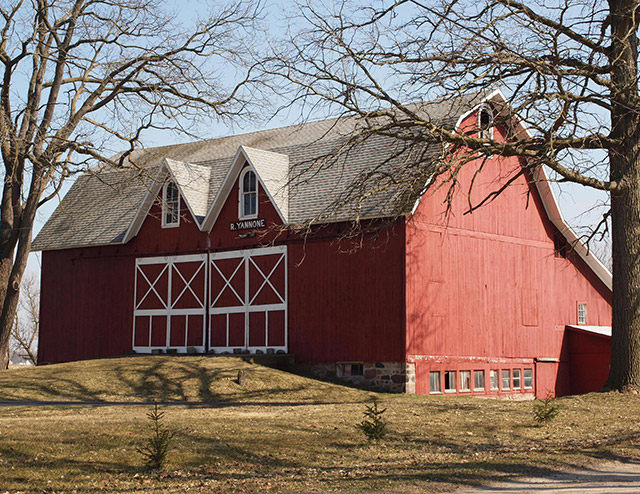
Bank barns were extremely popular in all regions of the country where the terrain was suitable for their building. This style of barn is built on the side of a hill, thus allowing two levels to be entered from the ground. The lower level usually housed the animals while the upper was for threshing and hay storage which made it easy to drop hay and straw through openings to the stabling floor below. (Courtesy of Kathy Siler)
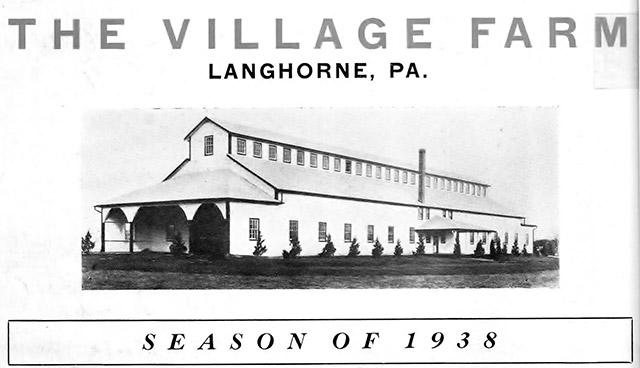
This well designed barn was once the home of one of the sport's largest and most successful breeding farms of an earlier era (Hoof Beats).
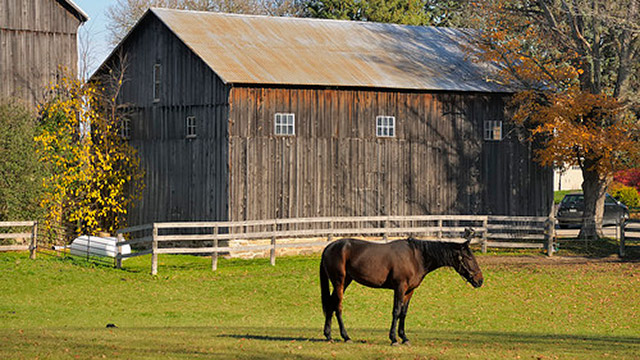
This scene is familiar to all horse lovers. It symbolizes the peacefulness of a horse grazing in the pasture with a very plain yet stately barn in the background. While many of the old barns were painted (red often the most popular colour) when new, and regularly repainted, many more were never painted as this one appears. This photo I believe was taken in the Caledon Ont. area which would be in Peel County.
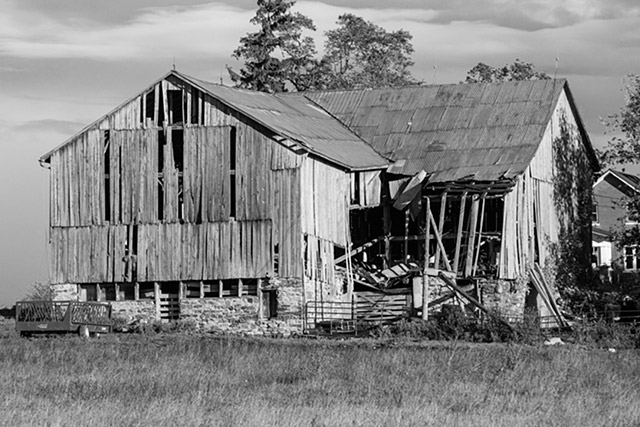
An unfortunately familiar sight in the 21st century as many of the great barns slip into decline. Once the most vital part of any farm they now bear mute testimony to the great barn era. Each in their time will meet with the wrecker's ball or some similar fate. Thankfully many old materials have been salvaged for further use.
Final Thoughts
Now gone are the days when large barns were a common sight, often a sign of progress and prosperity. Farmers saved their money and usually a large part of future plans was the construction of a new barn. The once neatly kept farmsteads complete with multiple buildings all with their special purpose have become a past memory. Unfortunately today more often than not barn raisings have given way to barn razings.

